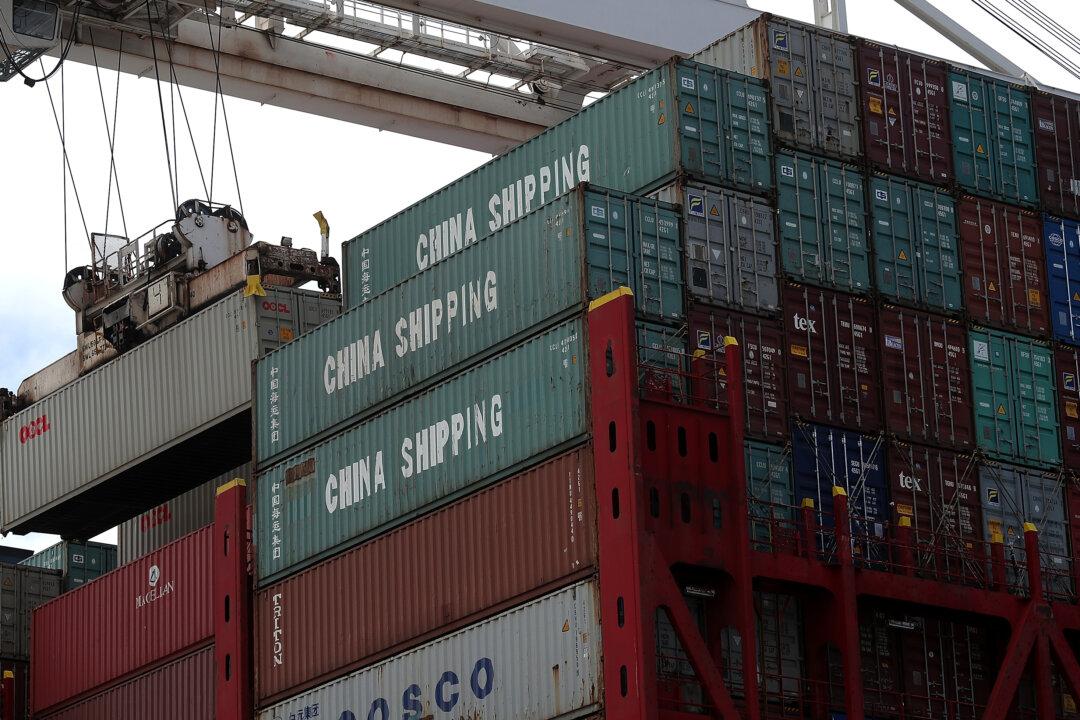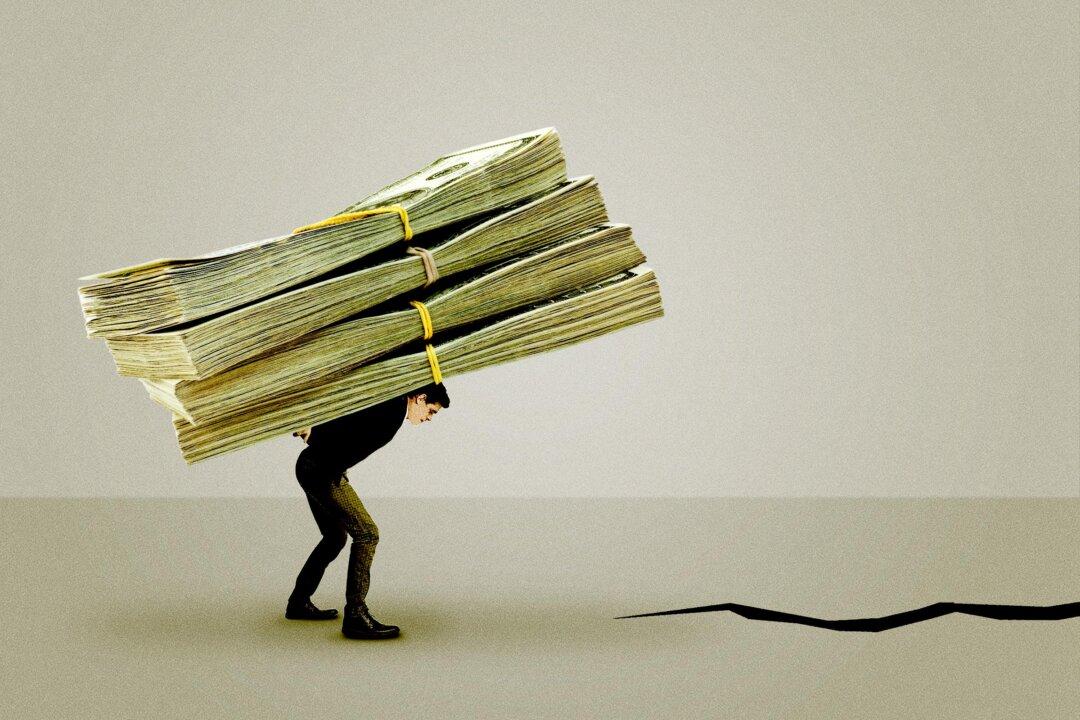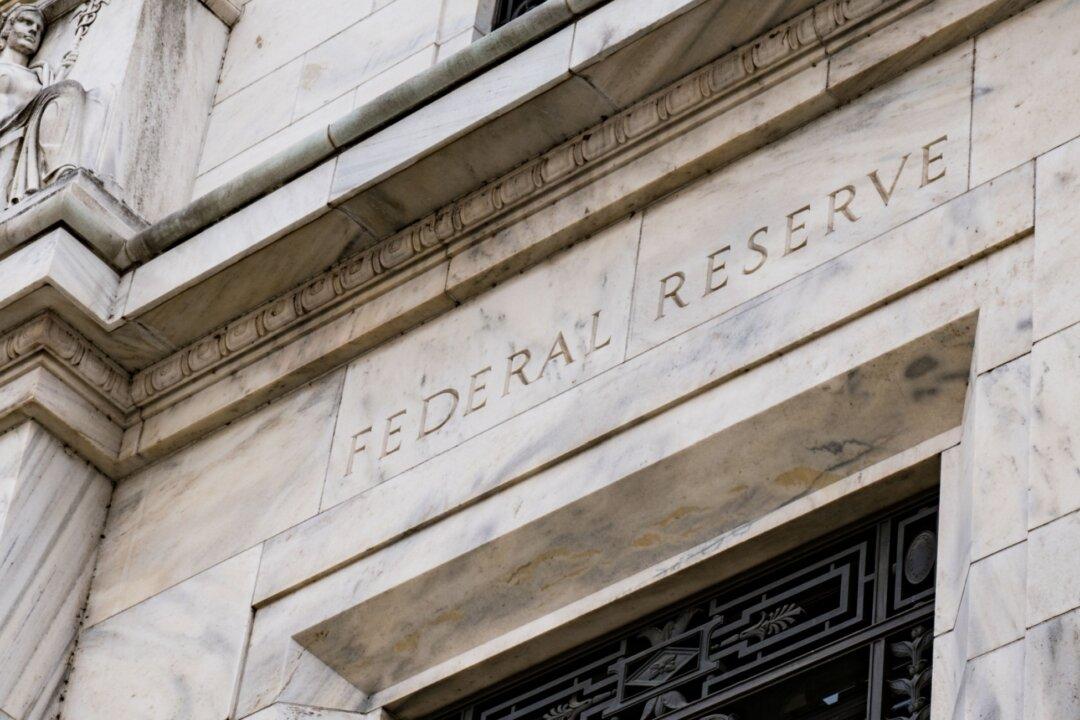Commentary
Last month, former U.S. president Donald J. Trump laid out key pillars of his policy proposals in a speech at The Economic Club of New York. Given the audience, Trump focused more on economic and financial matters than he typically does in campaign speeches. One intriguing idea that Trump floated was the possibility of replacing or substantially reducing individual and corporate income taxes with tariffs on foreign imports. The question arises, would this be practicable? If so, to what extent?





